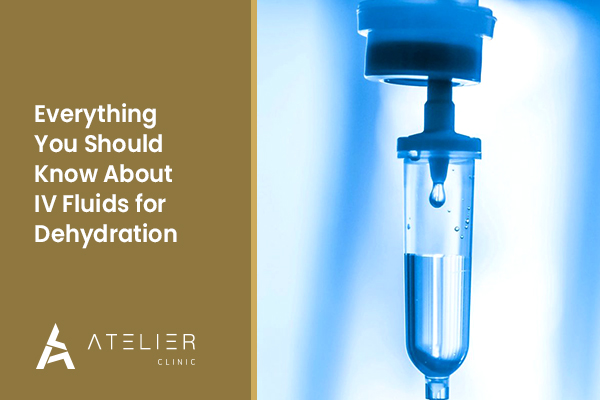Everything You Should Know About IV Fluids for Dehydration

Everything You Should Know About IV Fluids for Dehydration
At times doctors may prescribe intravenous (IV) rehydration to treat moderate or severe cases of dehydration. Children are more likely to become dangerously dehydrated when they’re ill and adults get dehydrated if they don’t drink enough water after an intense workout. These fluids comprise water and dissolved salts, called electrolytes. If you are facing mild dehydration, you can overcome it by drinking water. If it’s moderate or severe, drinking water alone can’t help you. To overcome the adversities, doctors may prescribe to have IV fluids for dehydration.
Process of IV re-hydration
To conduct an IV for dehydration, a doctor or nurse will insert an IV line into a vein in your arm. This line will consist of a tube with a needle at one end and the other end will be connected to a bag of fluids. Depending on your age, current medical conditions, and the severity of dehydration, your doctor will determine what type of fluid solution you need.
The medical operator can regulate the amount of fluid entering the body using an automated pump or manually adjustable valve attached to the IV line. They will check your IV line from time to time to make sure you are receiving the right amount of fluids. They will also ensure the thin plastic tube in your arm is secure and not leaking. The length of your IV, and the number of fluids that you need, will depend on the severity of dehydration.
Signs that your body is demanding IV for dehydration
Dehydration happens when your body doesn’t have enough water to perform its actions. Your body itself will indicate signs of severe or moderate dehydration. Signs of dehydration include:
- Thirst
- Dry or sticky mouth
- No frequent urination or dark yellow pee
- Dry, cool skin
- Headache and muscle cramps
- Rapid heartbeat and rapid breathing
- Sunken eyes
- Sleepiness, lack of energy
- Confusion or irritability
- Fainting
When patients experience severe or moderate dehydration, IV fluids are often prescribed. There are three types of IV fluids for dehydration: isotonic, hypotonic, and hypertonic. Your medical operator after examining your health condition will decide about the IV fluid administered for you. Once you complete your IV drip, you should take care of your insertion site. After the drip is removed, the skin near your insertion site should be monitored for the next 2-3 days for any signs of infection, like pain, redness, swelling, or ooze. And if any concerns contact your health provider.
Dehydration is common nowadays. Ignoring dehydration as a health condition may lead to severe health problems. If you wish to keep yourself re-hydrated with IV drips, book your appointment with Atelier for IV therapy in Dubai.



